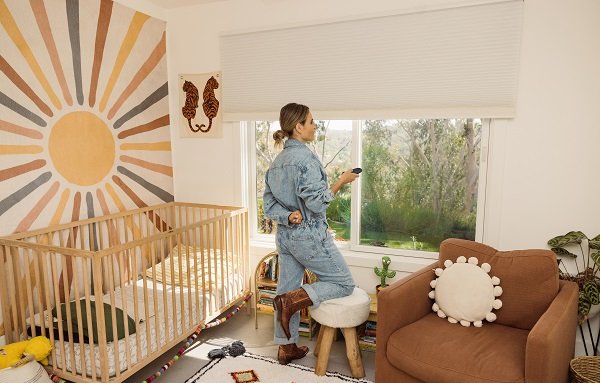I am rhapsodizing this month about the fragility of our Earth as the constant and reckless depletion of our natural resources needs care from all of us. Here in Southern California, we are bombarded daily with warnings about our severe water shortage and admonished to conserve this precious resource to sustain and enrich life for the future. With little steps we all can help save our Planet, I have collected some easy tips to make your home a “greener” and a healthier home. Below are some quick and fun ways to surround yourself in green and I don’t really mean for you to create a “green house” à la “Kermit the Frog,” but to get yourself in a green frame of mind.
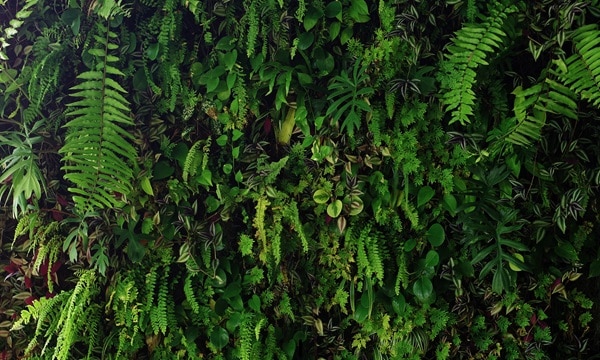
1. Unplug
Whether you notice it or not, your home is full of devices quietly sipping electricity, even when they’re off. While not every plugged-in device is a big energy drain, some – like gaming consoles, cable boxes, and older electronics – continue to draw power when idle.

To reduce waste, use smart power strips to turn off multiple devices with one switch. While modern phone chargers use little power when unplugged, it’s still smart to unplug rarely used items like coffee makers and fans.

Small daily changes can cut your energy bill and reduce unnecessary power use—effortlessly!
2. Go Barefoot
Yes, take your shoes off at the door! Every day, your shoes pick up dirt, bacteria, allergens, and pollutants from office floors, grocery stores, sidewalks, and grassy areas. Once inside, these hitchhikers settle into your carpets, floors, and air, contributing to household dust and allergens.
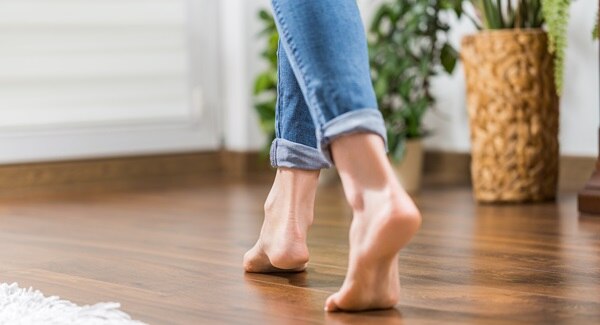
Studies show that a significant portion of indoor dust comes from outdoor contaminants, including pesticides, heavy metals like lead, and toxic coal tar from driveways. Pet paws and clothing also bring in their fair share of grime. Reducing what you track in can help keep your home cleaner and healthier—especially for kids and pets who spend more time on the floor.
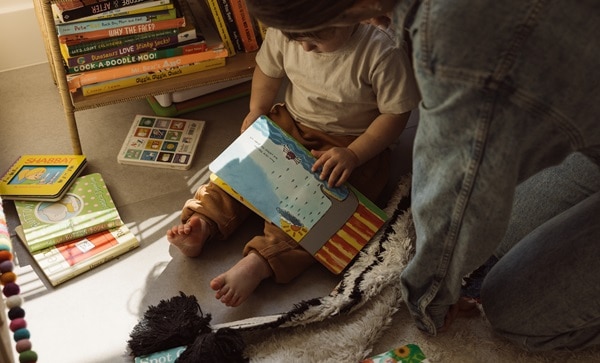
To minimize exposure, leave outdoor shoes at the door and switch to indoor-only slippers or socks. Your feet (and your floors) will thank you!
3. Plant a Garden
Nurture your body and soul by planting a garden, even if it’s just a small bowl of salad greens, herbs, or flowers. Growing your own food can help minimize your grocery story dependency and reduce your carbon footprint, protecting air and water quality. It also allows you to grow organically, reducing pesticides and unwanted chemicals in your food.
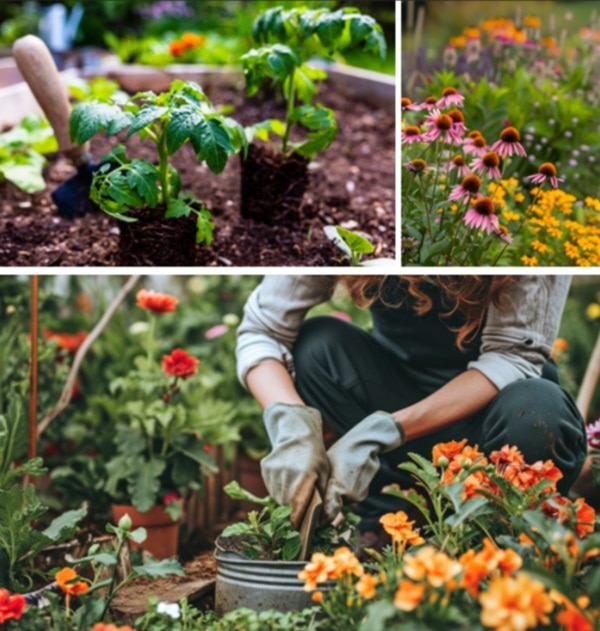
Gardening takes time and patience, but even if you don’t have a green thumb, adding houseplants can improve indoor air quality. While their impact is limited, plants like philodendrons, ivy, and peace lilies can help absorb toxins like formaldehyde. For better air quality, increase ventilation and use an air purifier, but adding greenery is a simple way to bring nature inside.
4. Start Composting
Composting is one of the easiest and most rewarding ways to reduce waste and create nutrient-rich soil for your garden, all while helping the planet! By composting food scraps like fruit and vegetable peels, coffee grounds, and eggshells, you can keep these organic materials out of landfills where they would otherwise contribute to harmful methane emissions.
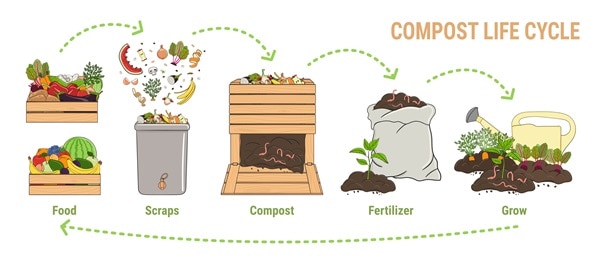
A simple compost bin or pile in your backyard (or even a countertop composting system for smaller spaces) can transform your waste into valuable nutrients that enrich your garden soil, improves plant health, and reduces the need for chemical fertilizers. Plus, it’s a great way to teach kids about sustainability and the natural cycles of life. Start small, and you’ll quickly see the benefits—not only for your garden but for the Earth as well!
5. Eat Locally
Support your local farmers and gardeners and buy the freshest food, grown near you, in native soil, harvested in season, full of flavor, bursting with color and goodness. Tended with love and care, these bright and succulent fruits and vegetables are soooo good for you and for our Earth.

6. Save a Tree
To help conserve forests, swap paper for cloth napkins and towels, or choose 100% recycled paper products. Every time you cut back on paper, the trees thank you! Plus, cloth napkins add charm to any meal—even takeout. I love using festive bandanas as napkins—they’re reusable, stylish, and 100% cotton!

7. Keep It Full
Freezers work more efficiently when well stocked with food. I love the flexibility of a healthy meal or easy-to-grab snacks for those days I’m either too busy or just don’t feel up to cooking. And I am always a fan of Trader Joe’s frozen food section as an alternative.
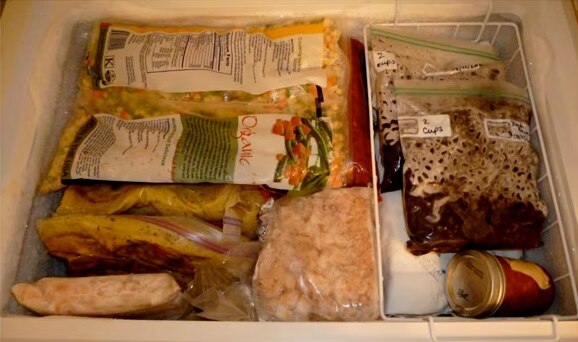
Don’t keep a full freezer? No worries. store ice packs or even bags of frozen veggies to keep it running efficiently. And when you grab a snack, keep the door open only as long as necessary—letting cold air escape wastes energy!
8. Love Your Windows
Give your windows the attention they deserve as drafty windows leak heat or coolness and drive up your energy bills. Really, grab a caulking gun and squirt around the window frames to prevent seepage.

If that seems like too much work, I know a great place where you can find the best energy efficient window coverings to fix leaky windows and conserve energy for a more comfortable and green home. Check out our BG blog on “Five Top Energy Efficient Window Treatments” for more ideas on which window treatments are the best energy savers. Your windows can be beautiful and work hard for you.
9. Save Water
We all know the simple techniques for conserving water but just as a reminder: fix leaky faucets – even a small drip can waste 2,000+ gallons a year. Turn off the tap while brushing your teeth and save up to 8 gallons a day. And only run the dishwasher when full—modern models use as little as 3 gallons per cycle! Small changes, big impact!
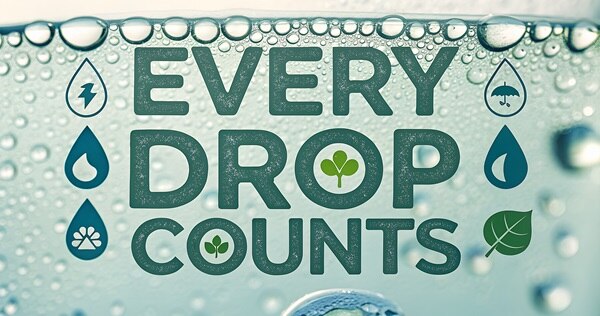
10. Lighten Up
Swap out your old incandescent bulbs for energy-efficient LED bulbs, which use at least 75% less energy and last 25 times longer than traditional incandescent bulbs. While CFLs (those twisty swirl lights) were once a good option, LEDs have taken the lead—they’re more efficient, last longer, and don’t contain mercury.
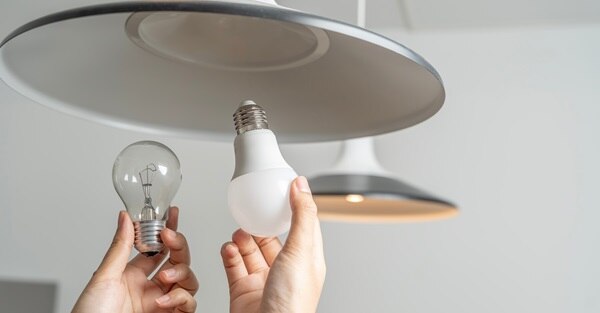
Switching just one 60-watt incandescent to an LED may seem small, but if every home in the U.S. made the switch, the energy savings could power millions of homes each year. Plus, reducing electricity demand means fewer greenhouse gas emissions, helping to cut down on the burning of fossil fuels.

Personally, I love using app controlled bulbs in all my freestanding lamps. Setting a schedule to sync your light to the cycle of the sun not only saves energy, but also simplifies my life. Your home can shine and be smart.
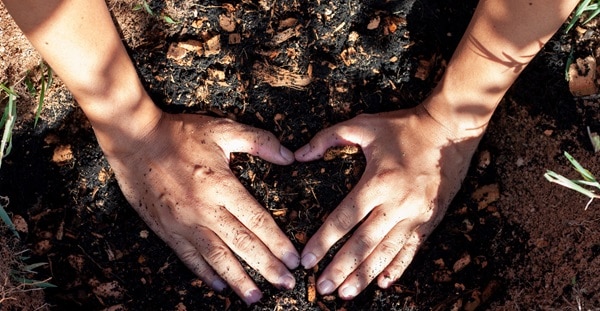
There you have it – I hope I have convinced you that “going green” is “going easy.”


